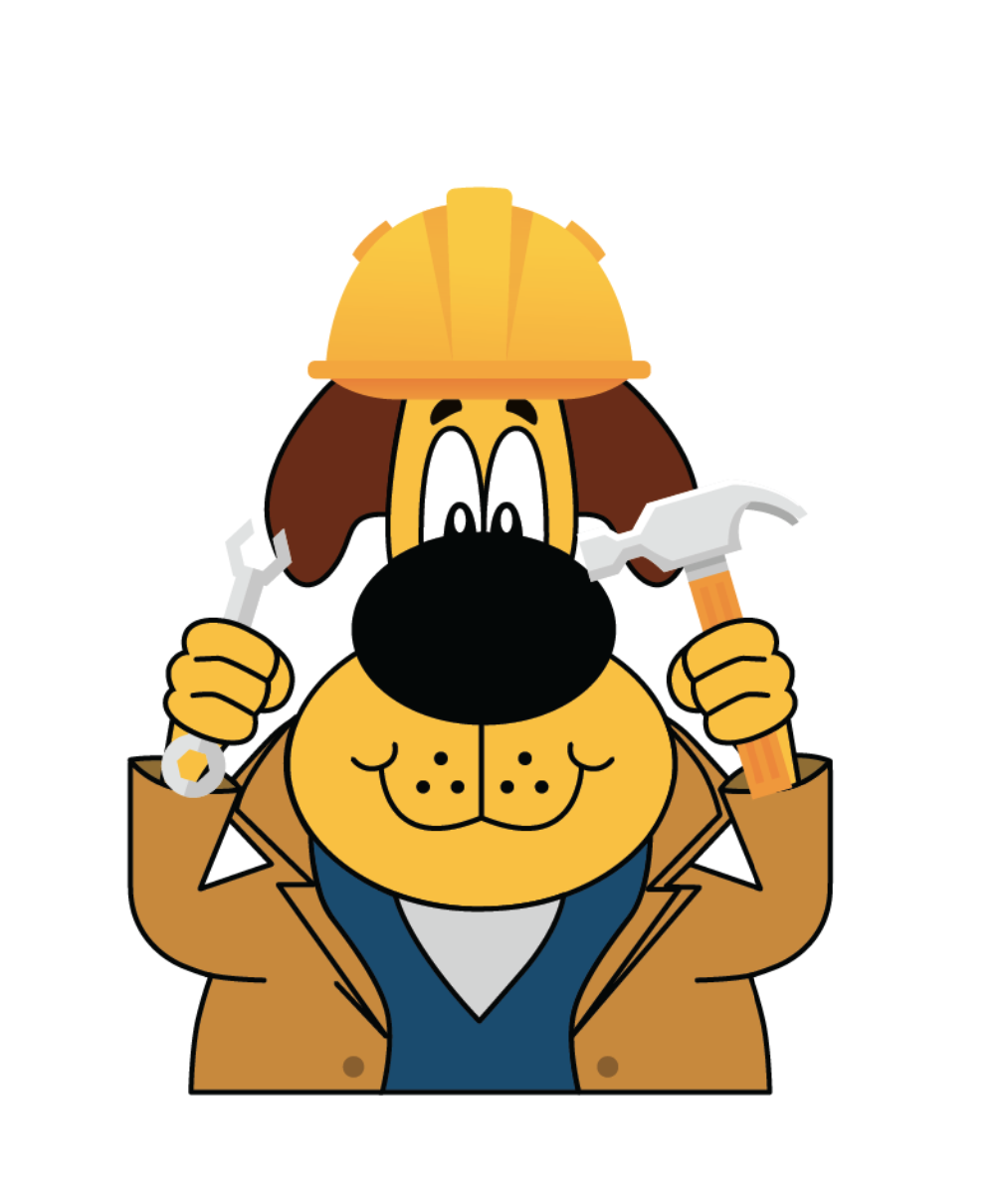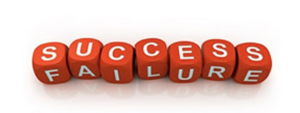
STEM and Failure
Partners in Learning
Often failure is seen as an end to an effort. It means that you couldn’t find the correct answer and that the effort fell short of what was expected. In most professions, failure is not praised and is viewed as being a result of not knowing enough or trying hard enough.
In STEM education, however, failure is merely one step along the way to the solution. This is a big mindset shift for most teachers - and for students, it is a huge shift. From an early age we urge our students to “do well” and “succeed”. But with STEM we are telling them that if their solution to a challenge didn’t work, it is OK and is actually part of the learning process. How can we help our students make this shift?
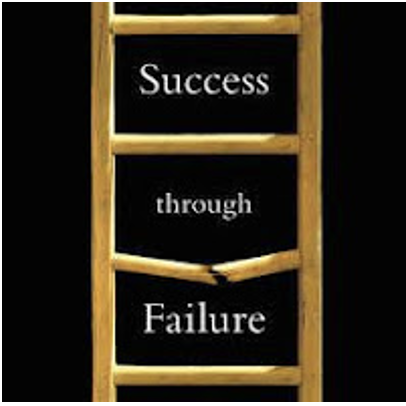
What can Teachers Do?
First, as teachers, we need to accept that failure is to be expected. Remember, it is a mindset shift for us as well. Our students will be looking to us to truly embrace this notion and constantly reassure them that they are learning as they are failing and that understanding what doesn’t work is as important as is learning what does work.
Teachers should create an environment that students can dream, experiment and redo – oftentimes coming up with an entirely different product than what they started out to create. Students must be led to view the design process not as a continuous circle where once they move onto the next step, they can never go back. Rather it is a guide to lead their thinking as they go back to the drawing board, ask new and different questions, and redesign. Think of it as being like the game Snakes and Ladders rather than Candy Land.
Guided Questions
Let them struggle with their designs but have good inquiry questions ready.
What are some different things you could try?
What would happen if you…?
What might you try instead?
What will you do next?
Tell me about your materials?
Tell me what happened?
What does this make you think of?
What will you do next after you finish this part?
Rather than pointing out their problems or mistakes, ask them what parts of their design are working well and what parts are not. This helps them focus on where to make corrections but gives no answers.
Be prepared to point students to resources that can help them refine their thinking and correct misunderstandings. If a math or science concept has been previously taught, we’ve found that pointing students back to their notebooks often gives them a boost. Sometimes it is helpful to have pictures of similar objects to “prime the pump.” We are always very careful with this step because showing students a finished product can end up stifling their creativity and lead them to believe there is only one answer.

Engineering in the Real World
Children often think that “real’ engineers never fail but in truth there have been some spectacular failures.
We show our students some of these failures as way to show students that even credentialed engineers get it wrong. In addition, with real world projects very often constraints such as money and resources add to the failure.
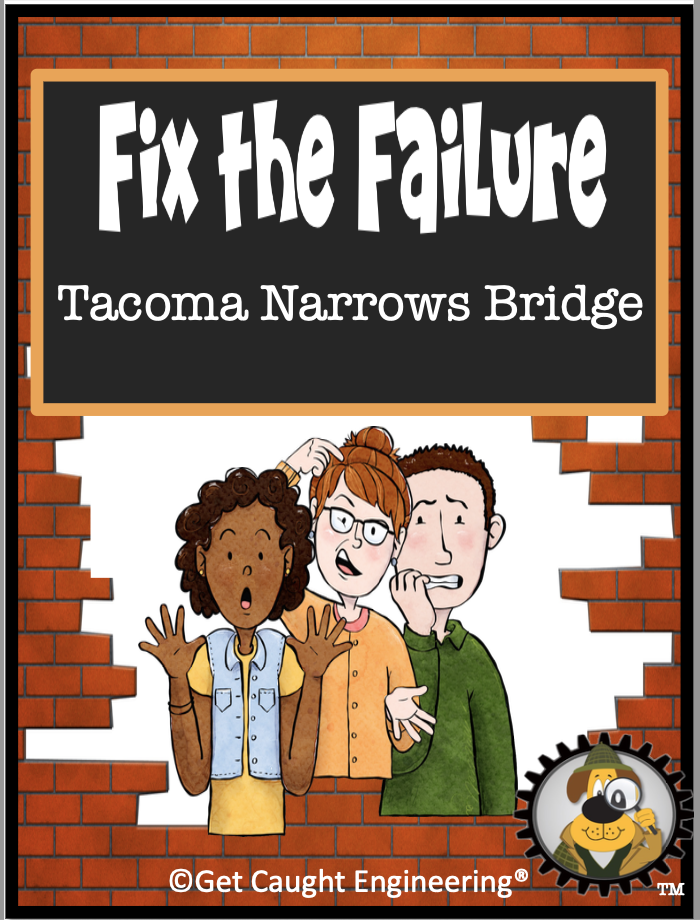
Fix the Failure – The Tacoma Narrows Bridge
https://www.teacherspayteachers.com/Product/STEM-The-Narrows-Bridge-Failure-7881992
In our Fix the Failure lessons, we draw from real life engineering failures as an example of how mistakes in the design process led to a disaster.
In order to understand “what went wrong” we first provide background material on the project. Students read about the item built and as well as an account of its failure and reason for that failure. They then participate in one or two activities to supply the scientific knowledge needed before they try to design and build the failed object themselves.
For example, in our newest Fix the Failure, students first learn about the Tacoma Narrows bridge, a large suspension bridge that collapsed in 1940. After reading about the failure, they participate in two activities to help them understand the physical forces at play on a suspension bridge. They are then challenged to build a suspension bridge of their own.
Failure Inspirations
There are a number of great books on failure in the engineering world. Some of our favorite picture books deal with perseverance in the face of failure.

Rosie Revere Engineer by Andrea Beatty
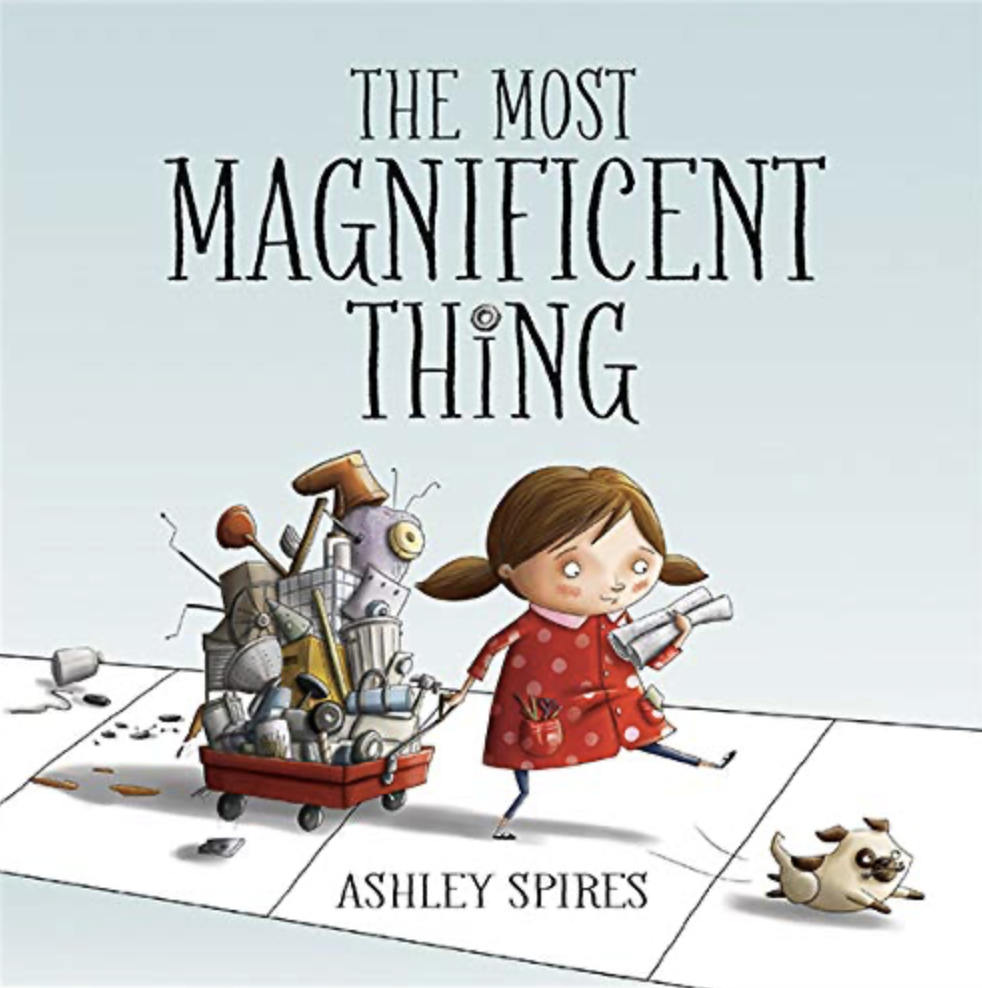
The Most Magnificent Thing by Ashley Spires
There are also wonderful books that examine real life engineering failures
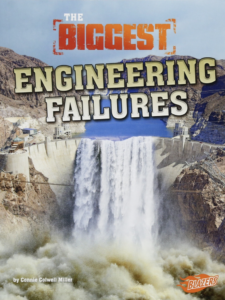
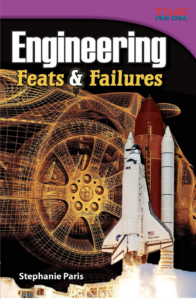
Engineering Feats and Failures
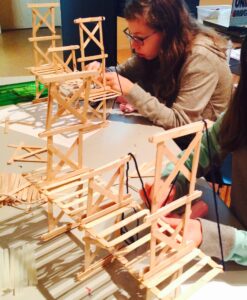
Although our students’ suspension bridges won’t cause injuries, the failure can discourage them and make them feel inadequate. Creating an environment where students can say “I’m not successful yet”, is one of our jobs as teachers. It reaches beyond STEM projects – it will be something they can draw on as they move through their education and ultimately in adulthood.
We hope you Get Caught Engineering®!
Wendy and Cheryl



